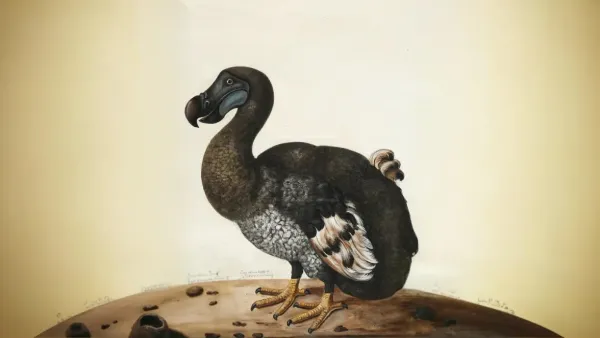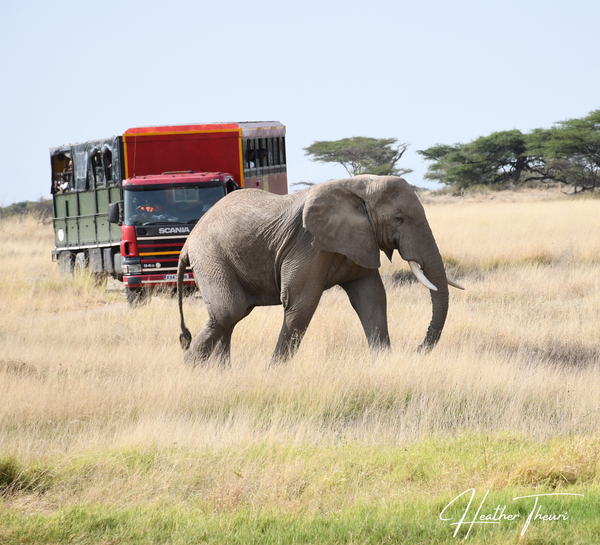Let's Talk Badgers
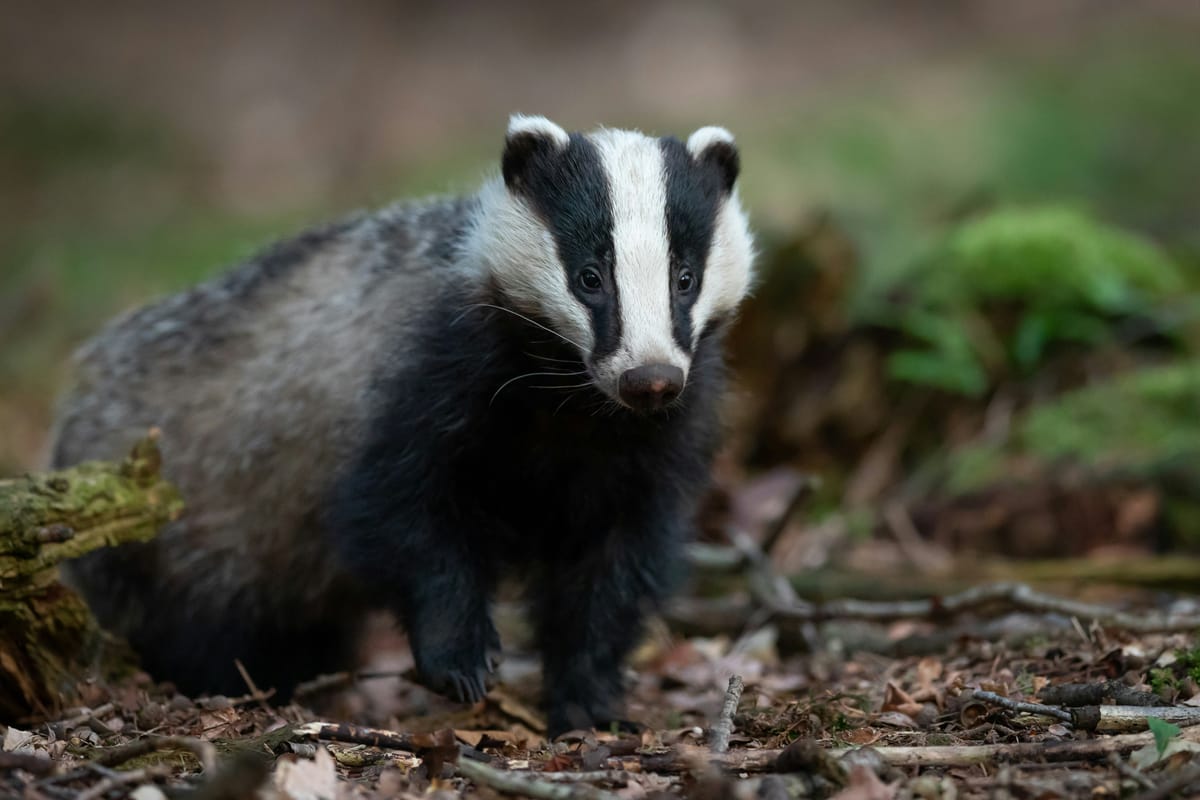
The other night, I dreamt of a badger. Yes, a badger. No lion, no leopard, just a low-slung, grumpy-looking creature trotting purposefully through my subconscious like it owned the place. Which, to be fair, is exactly how badgers operate in the real world too.
I woke up with one burning question: Why this animal? So I did what any normal person would do. I Googled. I spiraled. I now know more about badgers than I ever thought possible and you are about to join me on that very weird, slightly muddy journey.
What Is a Badger, Anyway?
Badgers belong to the Mustelidae family (cousins of otters, weasels, and wolverines), and they are found across Europe, North America, parts of Asia, and even Africa yes, we have our own moody mascot, the Honey Badger (Mellivora capensis), here on the continent.
But not all badgers are created equal.There are 11 species across multiple genera, ranging from the iconic European badger (Meles meles) to the solitary American badger (Taxidea taxus) to the legendary Honey Badger, whose entire personality is best summed up by the phrase: "Try me."
Where Are They Found?
Depending on the species:
- European badgers: Woodlands, pastures, and farmlands across Europe and parts of western Asia.
- American badgers: Open grasslands and prairies of North America.
- Honey badgers: Sub-Saharan Africa, Middle East, and India, adaptable, desert-savvy, and impossible to intimidate.
Their habitats vary wildly, but one thing is universal: badgers dig. If you’re wondering whether a patch of dirt belongs to one, just check for a hole that looks like a bulldozer got tired and walked away.
Behaviour, Characteristics & a Few Unbelievable Facts
Badgers are, in many ways, the introverts of the animal kingdom, except when they are not. Most are nocturnal, preferring to go about their lives under the quiet hush of moonlight, rummaging through underbrush and digging elaborate underground fortresses. Yes, fortresses. A European badger’s burrow called a sett, can have multiple chambers, dozens of entrances, and even a designated toilet area.
These creatures are low to the ground but built like tanks, with strong forelimbs, sharp claws, and muscles packed into a surprisingly stocky frame. The American badger, in particular, digs with the enthusiasm of a caffeinated miner able to excavate over two meters of earth in a single night. It’s not uncommon for their tunnels to be so intricate that other animals eventually move in, like uninvited tenants squatting in badger real estate.
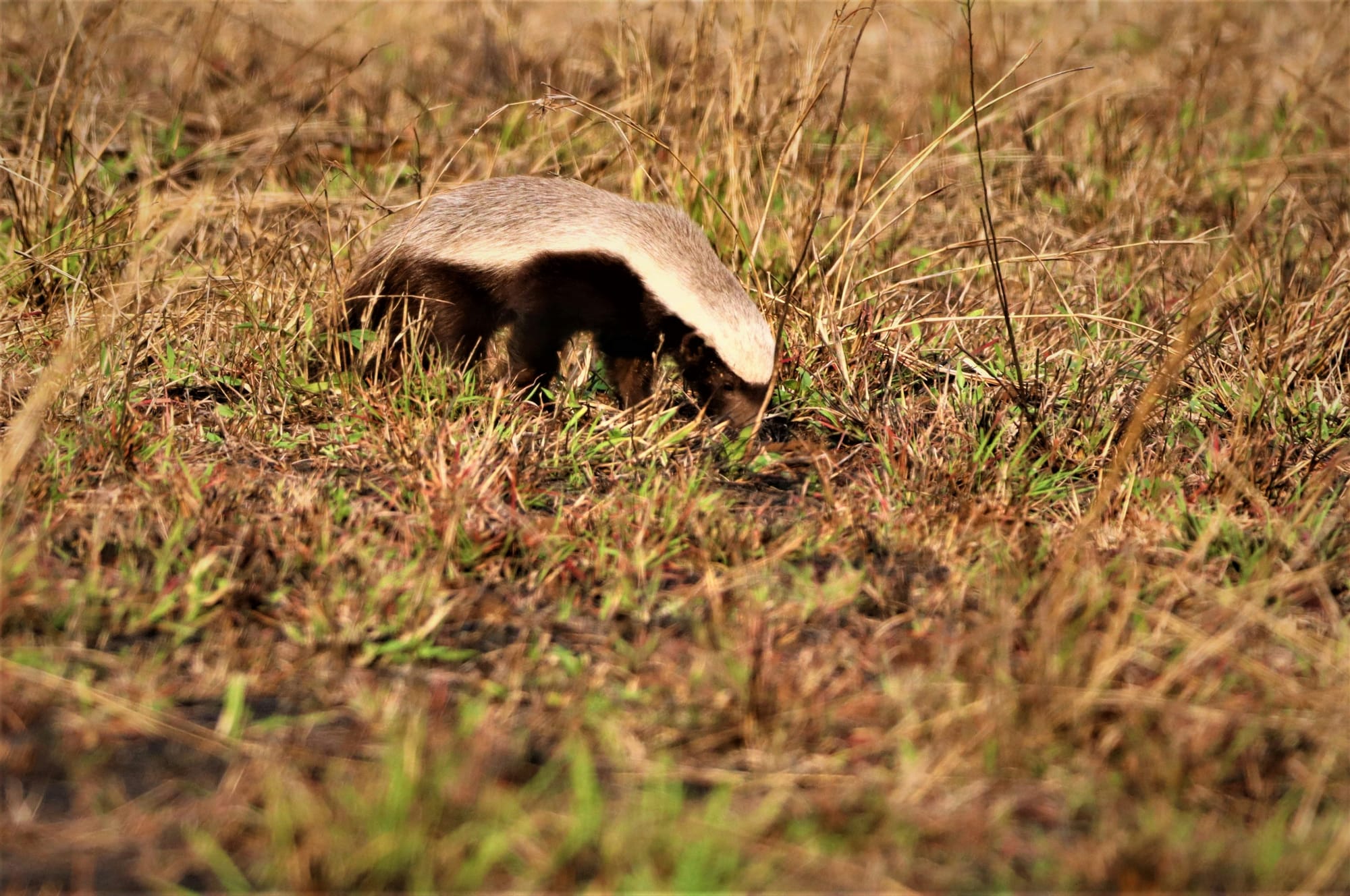
Then there’s the Honey Badger, Africa’s pride and nightmare fuel. This one’s a different beast altogether. More solitary than its cousins, it carries the same badger body plan but with an attitude dialled up to eleven. You have likely heard of its viral claim to fame: “Honey Badger don’t care.” And truly, it does not. It raids beehives with reckless abandon, immune to stings and seemingly unfazed by venom. It’s been known to take on puff adders, cobras, and even lions with the kind of nerve that would make most predators blink twice.
But it is not all rage and claws. Badgers have a soft side too; at least, in their own way. European badgers live in family units, grooming each other and maintaining communal spaces. They communicate through a surprising array of grunts, whistles, and snorts, kind of like a choir made entirely of disgruntled uncles. Their sense of smell is exceptional, far outpacing their poor eyesight, and their mental maps of underground territory are thought to be incredibly detailed.
And just when you think you’ve got them figured out, another fun fact surfaces: The honey badger’s skin is a marvel in itself; thick, rubbery, and ridiculously tough. It is so loose that if grabbed by a predator, it can twist within its own skin and counterattack from angles that seem anatomically impossible. This built-in flexibility, paired with its resilience, makes it incredibly hard to injure. It’s like wearing armor that bends with you. Oh, and snake venom? They can shrug that off too, passing out briefly and waking up a few hours later like, “Anyway, where were we?”
Even their friends are unexpected. The Honey Badger has a mutualistic relationship with the Greater Honeyguide, a clever little bird that leads it to wild beehives. The bird gets access to the leftovers once the badger’s done tearing the hive apart, and the badger gets a winged treasure map. Nature loves a weird partnership.
In folklore, especially across Europe, badgers have long been seen as earth guardians animals that connect the surface world to the deep soil, symbols of persistence, mystery, and the kind of strength that doesn’t need an audience.
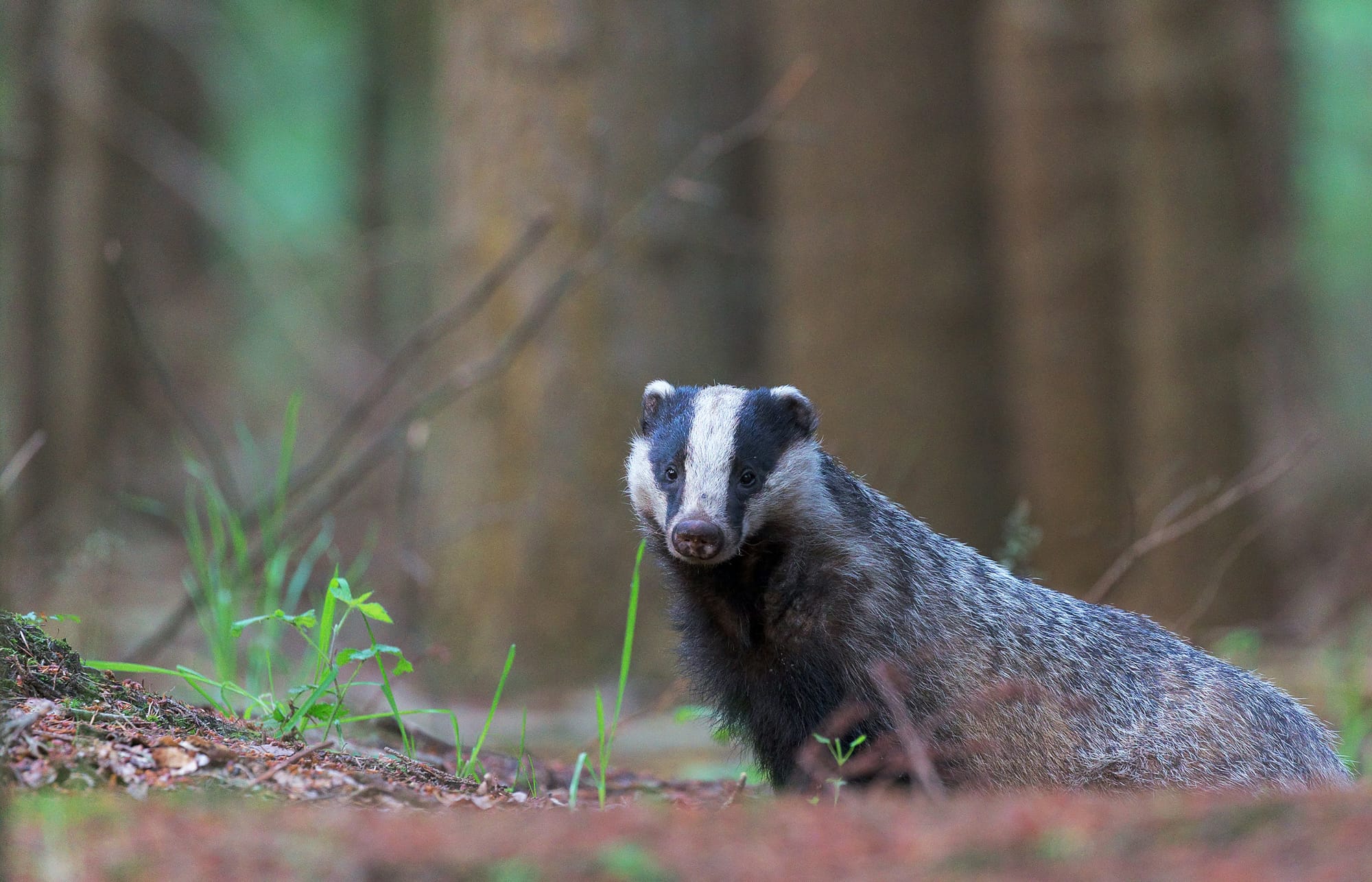
The Underdog Under Threat
For all their bite and bravado, badgers aren’t invincible.
Across the world, they face a cocktail of threats, most of them courtesy of humans. In parts of Europe, badgers are vilified for spreading bovine tuberculosis, leading to controversial culling programs that have sparked outrage from conservationists and scientists alike. The science around badger culling is shaky at best, and many argue it's an ineffective and inhumane scapegoat for more complex livestock health issues.
Meanwhile, habitat loss erodes their underground kingdoms. As forests and fields are cleared for agriculture, roads, and development, badgers find themselves boxed into shrinking patches of land. Many are hit by vehicles while crossing roads, particularly in the UK, where thousands die this way each year.
Even in Africa, the indomitable honey badger isn’t entirely safe. Though not considered endangered, it’s often hunted or persecuted by poultry farmers who see it as a threat to their flocks. Others fall victim to illegal wildlife trade, targeted for their skins, body parts, or bizarre "medicinal" uses.
The tragedy? Most people don’t realize just how important badgers are to ecosystem health how they aerate soil, control pests, or give shelter to other species through their setts. Misunderstood, maligned, and often overlooked, badgers are proof that toughness doesn’t equal protection.
And that even the fiercest fighters need allies.
Final Thoughts (and a Call to Curiosity)
So, maybe the dream wasn’t random after all.
Maybe it was a subconscious nudge toward appreciating the less glamorous beasts the earth-turners, the silent diggers, the fierce, misunderstood wanderers.
The next time someone brings up wildlife, don’t start with the Big Five. Start with the badger. Ask questions. Tell their story. Share the strangeness.
Protecting nature means showing up for the unseen, not just the celebrated.
References:
National Geographic. (n.d.). Honey Badger. Retrieved June 2, 2025, from https://www.nationalgeographic.com/animals/mammals/facts/honey-badger
Wildlife Trusts. (n.d.). Badger. Retrieved June 2, 2025, from https://www.wildlifetrusts.org/wildlife-explorer/mammals/badger
IUCN Red List of Threatened Species. (n.d.). Mellivora capensis (Honey Badger). Retrieved June 2, 2025, from https://www.iucnredlist.org/species/41628/45213629
San Diego Zoo Wildlife Alliance. (n.d.). American Badger. Retrieved June 2, 2025, from https://animals.sandiegozoo.org/animals/american-badger
David, S. (2014). The honeyguide’s guide to cooperation. BBC Earth. Retrieved from https://www.bbcearth.com/news/the-honeyguides-guide-to-cooperation



